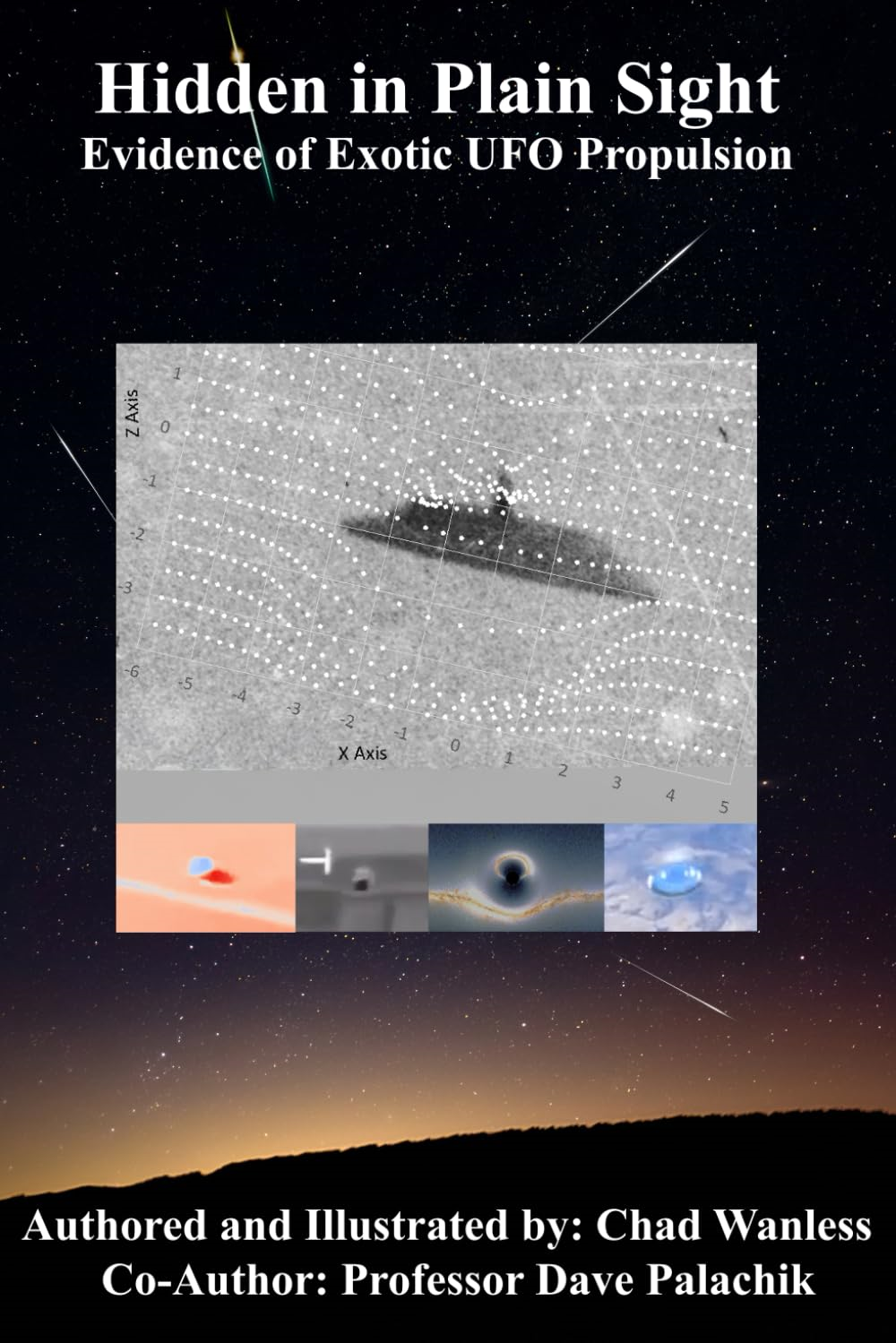If We Blow Up an Asteroid, It Might Put Itself Back Together0
- From Around the Web, Space
- March 11, 2019
Despite what Hollywood tells us, stopping an asteroid from creating an extinction-level event by blowing it up may not work.
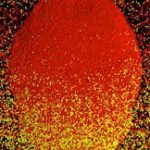
Despite what Hollywood tells us, stopping an asteroid from creating an extinction-level event by blowing it up may not work.
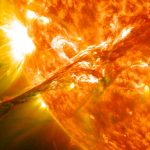
Before coronal mass ejections, plasma shoots up, breaks apart and then comes together again.

A team of physicists from the Joint Quantum Institute, the University of Maryland, the University of California Berkeley and Perimeter Institute for Theoretical Physics has implemented a test for quantum scrambling, a chaotic shuffling of the information stored among a collection of quantum particles. The team’s experiment, carried out on a group of seven ions, demonstrated a new way to distinguish between scrambling and true information loss.

The Canadian government unveiled Wednesday its long awaited national space strategy, focusing on artificial intelligence, deep-space robotic systems, Earth-observation capabilities and searching for new ventures with the European Space Agency.
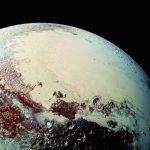
Collisions between bodies in our Solar System produce impact craters on large objects at a rate that depends on the population of impacting small bodies. By mapping the scars of ancient impacts on the surfaces of Pluto and its moon Charon, planetary researchers have discovered a surprising lack of very small objects (from 300 feet to 1 mile, or 91 m to 1.6 km, in diameter) in the Kuiper Belt.

Image shows part of Beresheet spacecraft with Earth in background
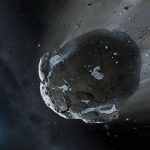
A popular theme in the movies is that of an incoming asteroid that could extinguish life on the planet, and our heroes are launched into space to blow it up. But incoming asteroids may be harder to break than scientists previously thought, finds a Johns Hopkins study that used a new understanding of rock fracture and a new computer modeling method to simulate asteroid collisions.
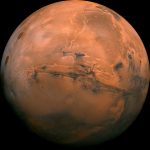
Observations by ESA’s Mars Express orbiter show evidence of an ancient planet-wide groundwater system on the Red Planet.
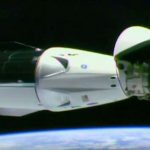
A new astronaut capsule, which launched on Saturday from Florida on a Falcon rocket, has successfully guided itself into the International Space Station using computers and sensors.
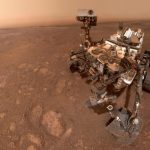
It’s a massive undertaking to get a rover to the surface of Mars, so NASA designs its robots to last for at least a couple of months. Luckily, most of them operate for much longer. Opportunity was recently declared lost after 15 years on the red planet. Curiosity is still going strong after more than
